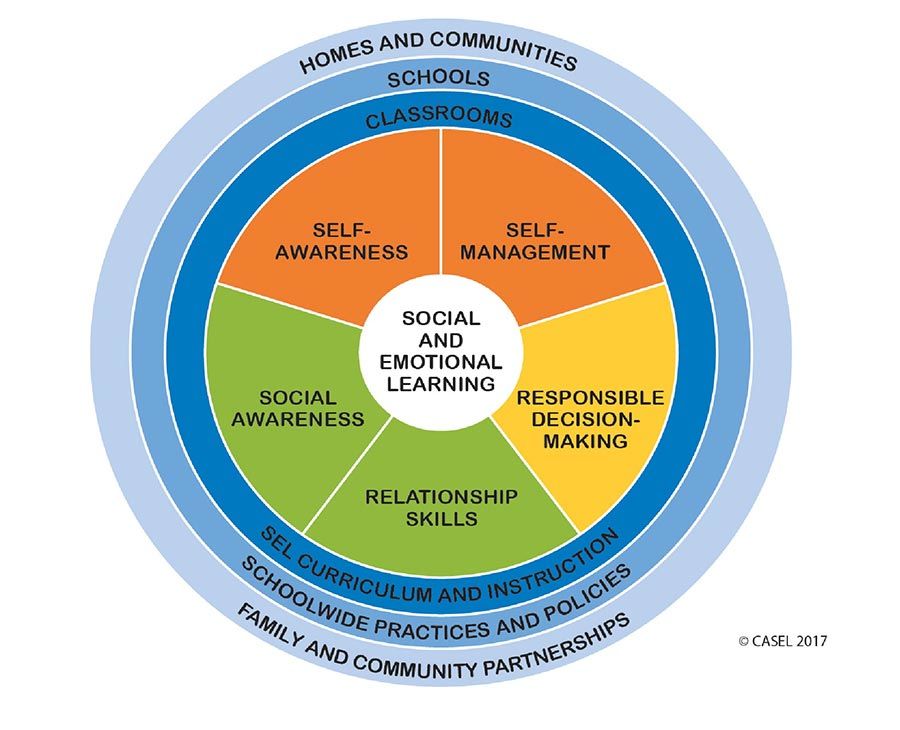Harmonizing Instruments - Introduction
The National Core Music Standards are designed to guide music educators as they help their students achieve the goal of independent music literacy. The structure of the standards organizes outcomes by Artistic Process, thereby facilitating sequential instruction while also authentically reflecting the way musicians think and work.
The music standards are organized and presented as follows:



